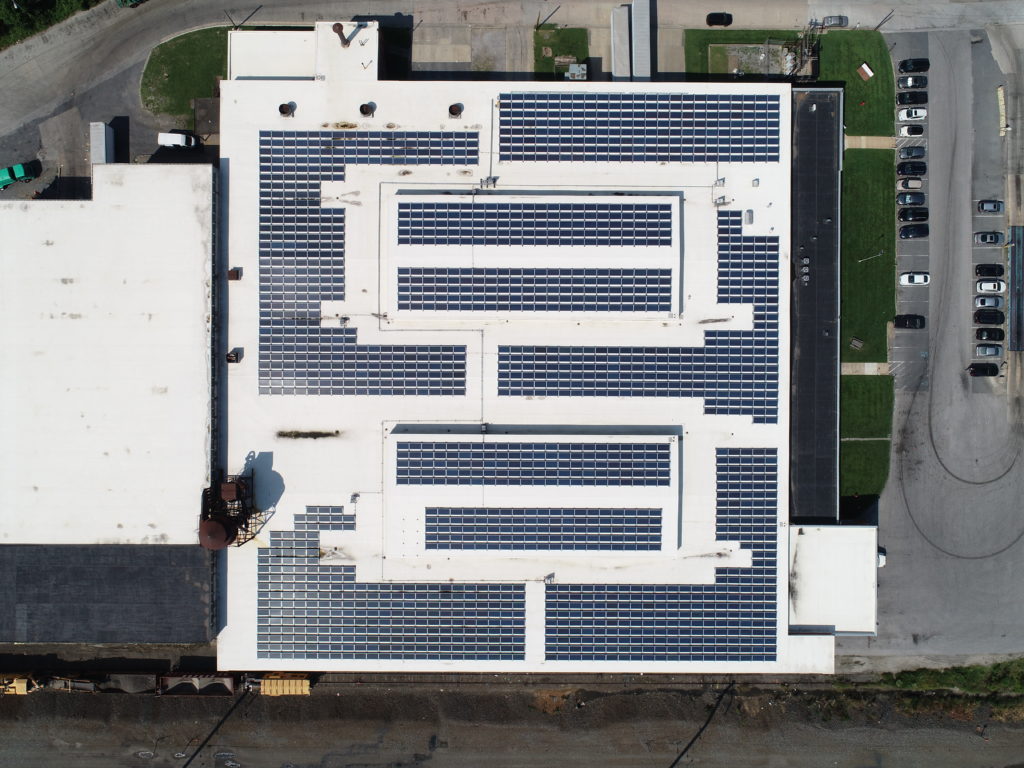Law creates bright future for renewable energy projects
A new Maryland law is expected to trigger a surge in solar power installations within commercial, nonprofit and residential renovation and new-construction projects.
During the 2019 session, the General Assembly approved the Maryland Clean Energy Jobs Act, which mandates large increases in the state’s use of renewable energy over the next decade. The act will require Maryland to draw 50 percent of its electricity from renewable sources by 2030 (double the state’s previous renewable energy goal) and require that solar energy account for at least 14.5 percent of Maryland’s electricity supply (up from 2.5 percent under previous law).
“This is a game changer for the solar industry,” said David Murray, Executive Director of the Maryland-DC-Virginia Solar Energy Industries Association (MDV-SEIA). “This has significant implications for the construction industry. You are going to see commercial solar really come back in Maryland. You are going to see a lot more interest from real estate developers, big box stores and small commercial property owners in installing solar power.” Several factors had depressed Maryland’s solar industry in recent years.

Tax credits for solar installations expired and other incentives, including Maryland’s Solar Renewable Energy Credits (SRECs), lost most of their value. Then the Trump administration imposed 30 percent tariffs on imported solar panels followed by additional tariffs on steel and aluminum.
“That really devastated [solar] project economics, especially on bigger commercial projects where you have a large number of panels so a change in equipment prices can heavily impact your margins,” Murray said. “It had a devastating impact on the industry in Maryland,” prompting some companies to shutter their operations in the state.
However, the passage of the Clean Energy Jobs Act plus a few other factors are currently fueling increased activity around solar installations. “Since the bill passed, we have seen a steady increase in the number of inbound calls,” said Bill Cole, President of Cole Roofing. Cole launched a solar installation business in 2009, but had to shift most of his solar work to other states after the Maryland solar market began contracting in 2016.
The legislation has already caused the value of Maryland SRECs to rise this year from $10 per megawatt hour of solar energy generated to more than $67 this summer. (Owners of solar installations sell their SRECs to utilities which enables the utilities to count the energy generated toward their legislated renewable energy goals.)
In addition, solar equipment has grown steadily more efficient and able to return more energy for the investment. Also, some advanced solar equipment has secured exemptions from tariffs.
Consequently, return on investment in solar installations has grown enough to prove attractive to more property owners.
“The large-box distribution centers that have been built all around here over the last couple of years are great candidates for solar,” Cole said. “Companies who have established real estate portfolios and are looking for additional revenue streams, can be good matches for solar. Nonprofits are interested in solar because they operate from a cost- control standpoint as opposed to a top-line revenue standpoint.”
The current strong economy is also driving solar installations in Maryland.
“In this economy, more people are in the market to replace a roof or find a permanent fix for something they may have been band-aiding for the last couple of years. And if you’re in the market to do a new roof, that’s the best time to talk about solar,” Cole said. In addition to doing solar installations, the construction industry is poised to realize other benefits from the Clean Energy Jobs Act. Energy analysts say the legislation could increase demand for office space, industrial space and infrastructure for expanding solar and wind energy initiatives in Maryland.